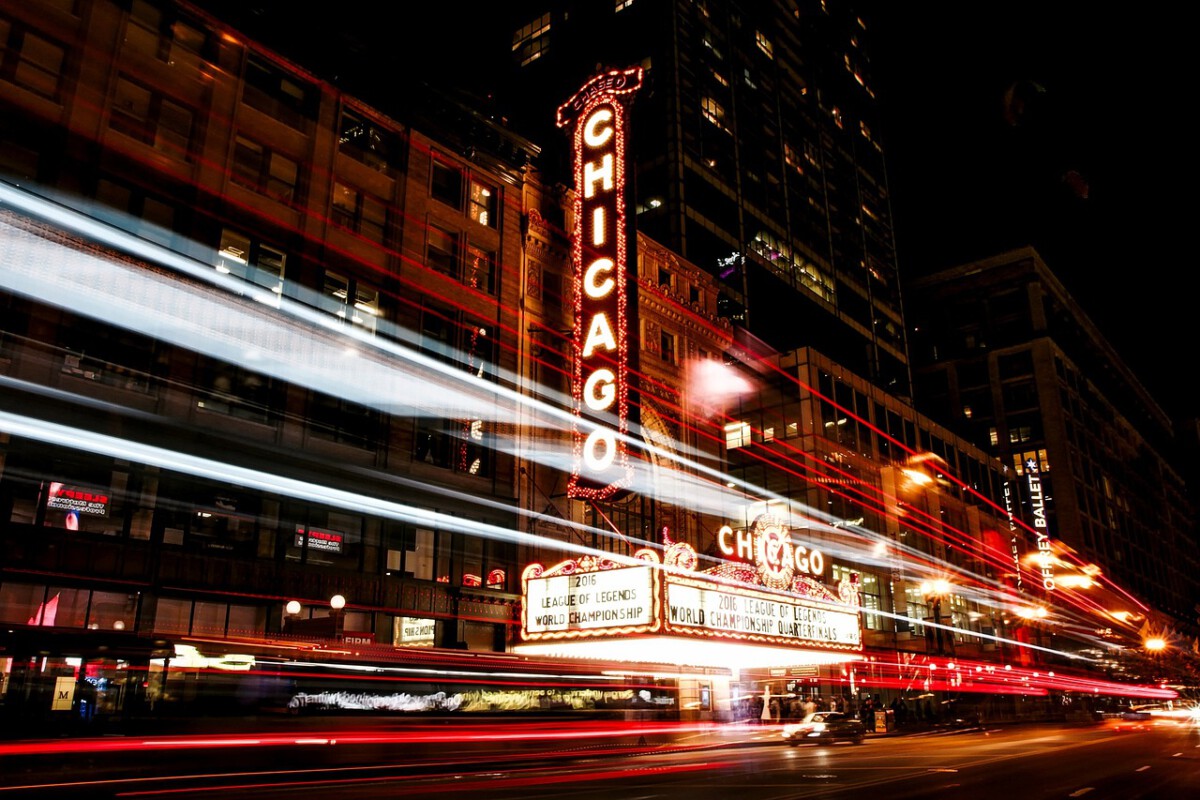The Agricultural Powerhouse That Feeds America
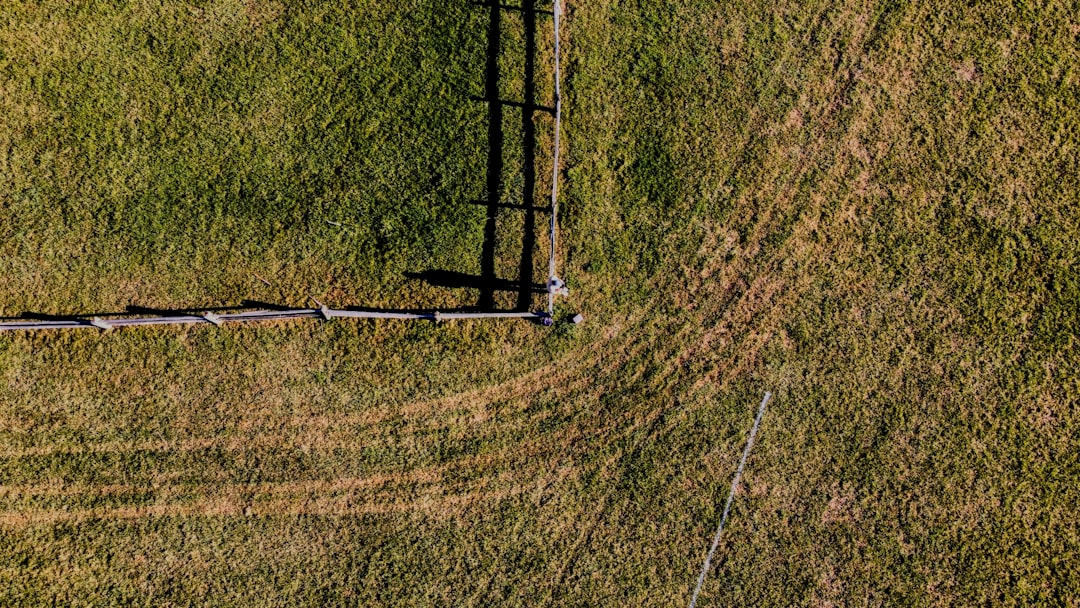
Most people don’t know that Illinois is the #1 soybean producing state in the United States and produces 15% of all the soybeans in the country. This agricultural dominance extends far beyond just soybeans. Illinois is a leading state within the agricultural industry, currently ranking #2 in the nation and is commonly known as the “Corn Belt” due to its substantial corn & soybean production. Illinois is the #2 corn producing state in the country. 13% of our country’s supply of corn is grown on Illinois farms. What makes this even more impressive is that crop land makes up 76% of Illinois, showing just how efficiently the state uses its land resources.
According to the National Agricultural Statistics Service (NASS) of the United States Department of Agriculture (USDA), Illinois farmers produced 688 million bushels of soybeans in 2024, surpassing the state’s previous record of 666.75 million bushels, set in 2018. This achievement is driven by a combination of exceptional yields and record harvested acreage. The statewide average yield reached 64 bushels per acre, a slight increase from the 2023 average of 63 bushels per acre. Additionally, Illinois farmers harvested 10.75 million acres of soybeans in 2024, up from 10.3 million acres the year before. This record-breaking performance demonstrates Illinois’s agricultural reliability and innovation.
The Economic Giant That Most Americans Ignore
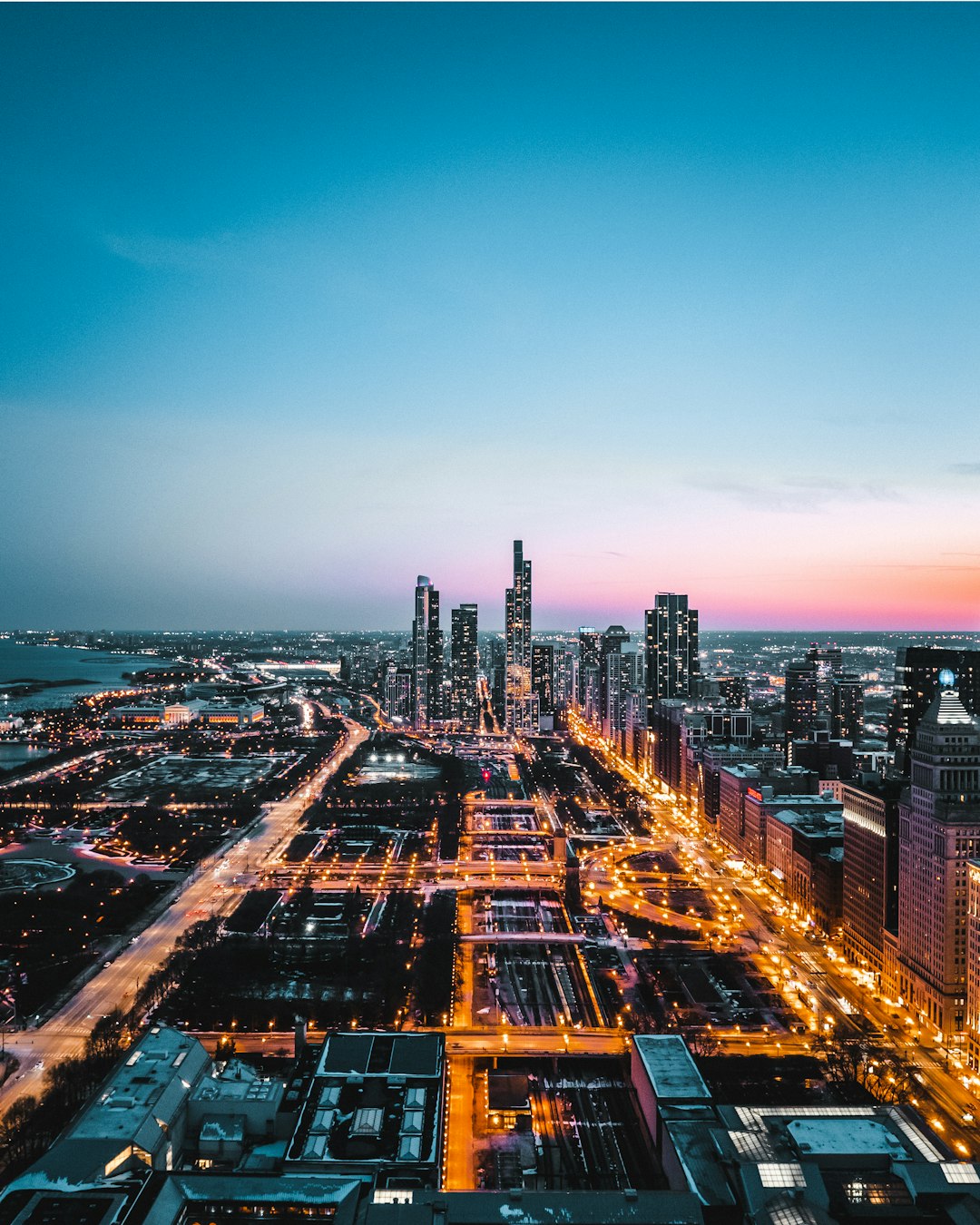
The 2024 total gross state product for Illinois was $1.132 trillion, placing it fifth in the nation. Yet despite this massive economic output, Illinois continues to be overlooked when people discuss America’s economic powerhouses. As of 2024, the real GDP was $895.3 billion. This was 1.1% higher than in 2023. 2024’s GDP was the highest to-date. To put this in perspective, in 2024, GDP per person in Illinois was $70,443, up 0.6% from 2023.
The state’s agricultural sector alone generates staggering numbers. Marketing of Illinois’ agricultural products generates more than $51.1 billion annually. Illinois ranks fifth nationally in the export of agricultural products with $10.6 billion worth of goods shipped to other countries. In fact, the state ranks first in the nation with $180 billion in processed food sales. This economic might extends beyond farming, with Illinois food and agribusiness account for more than $462 Billion in economic output for the state.
The Tourism Revolution That’s Breaking Records
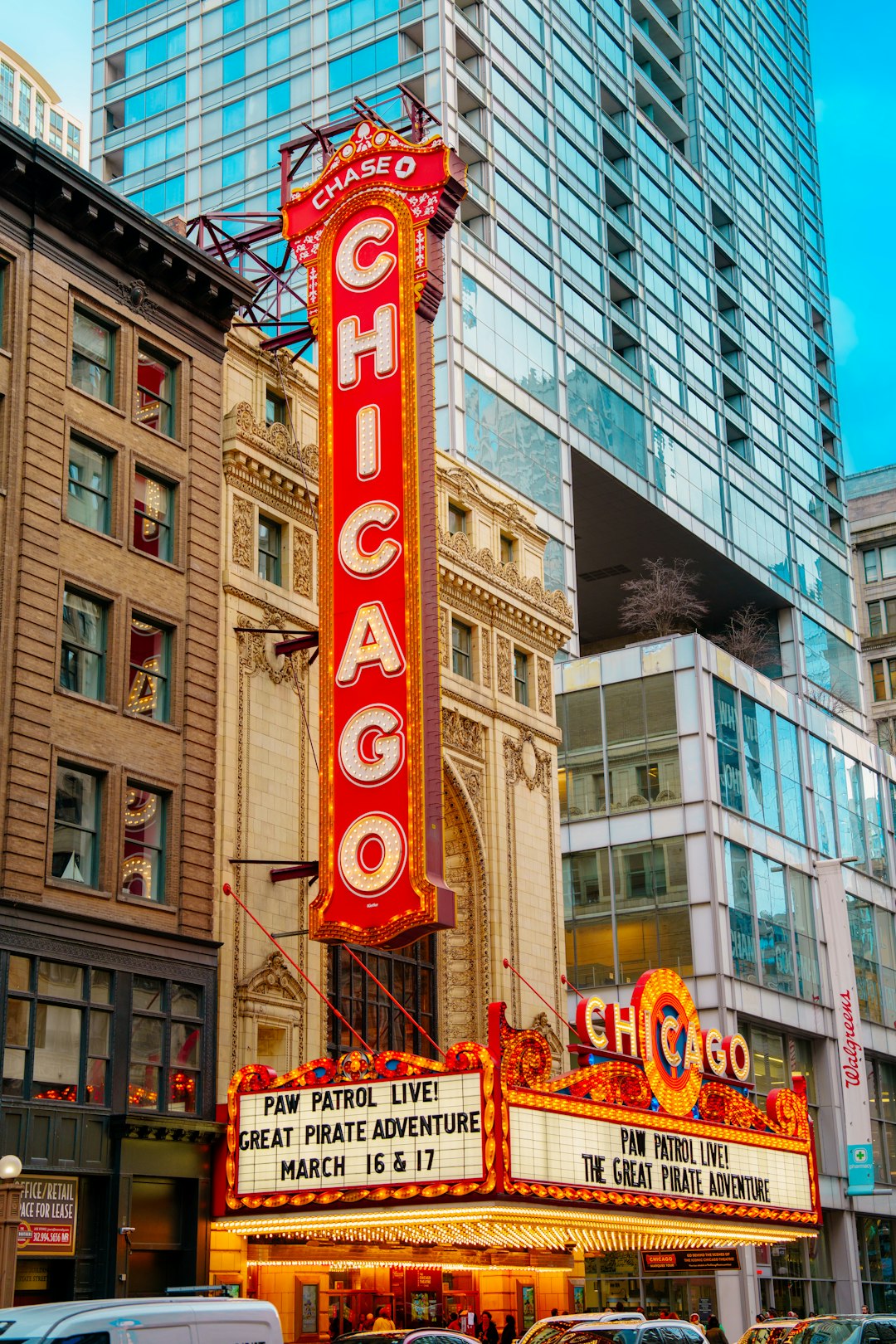
Today, Governor JB Pritzker and the Illinois Department of Commerce and Economic Opportunity (DCEO), Office of Tourism announced Illinois welcomed 112 million domestic and international visitors who spent $47 billion in 2023 – an increase of 1 million visitors and $3 billion in spending from 2022, according to data provided by Tourism Economics. These aren’t just impressive numbers – they represent a tourism renaissance that most Americans haven’t noticed.
The city of Chicago, in particular, saw an impressive 19.6% rise in overnight visitors, further highlighting the state’s appeal as a premier destination for both domestic and international tourists. What’s even more remarkable is that Illinois welcomed 2.16 million international visitors in 2023, reflecting a substantial 39% increase from the previous year, according to data provided by Tourism Economics. Additionally, international visitors injected nearly $2.7 billion into Illinois’ economy in 2023, representing a 47% increase in spending compared to the previous year.
The Manufacturing Marvel You Never Hear About
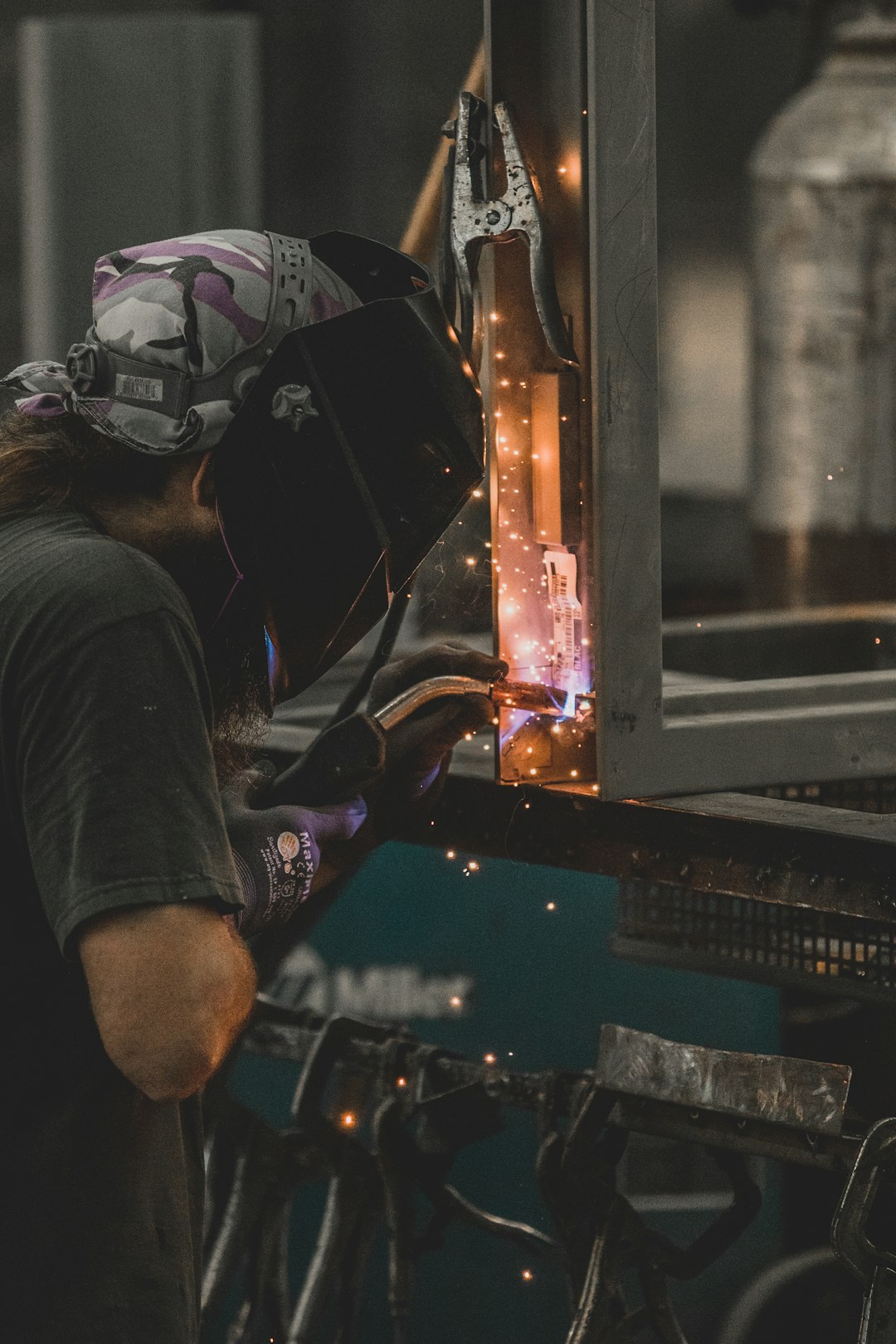
Illinois has quietly become a manufacturing powerhouse that rivals states like Michigan and Ohio, yet receives a fraction of the recognition. The state’s industrial outputs include machinery, food processing, electrical equipment, chemical products, publishing, fabricated metal products and transportation equipment. This diversity provides economic stability that many other states lack.
With 2,640 food manufacturing companies, Illinois is well-equipped to turn the state’s crops and livestock into food and industrial products. The state’s strategic location in the heart of America makes it an ideal hub for manufacturing and distribution. Each year, 274 million bushels of Illinois corn are used to produce more ethanol than any other state — about 678 million gallons. Illinois also markets other renewable fuels, including soybean-based biodiesel.
The Geographic Advantage That’s Pure Gold
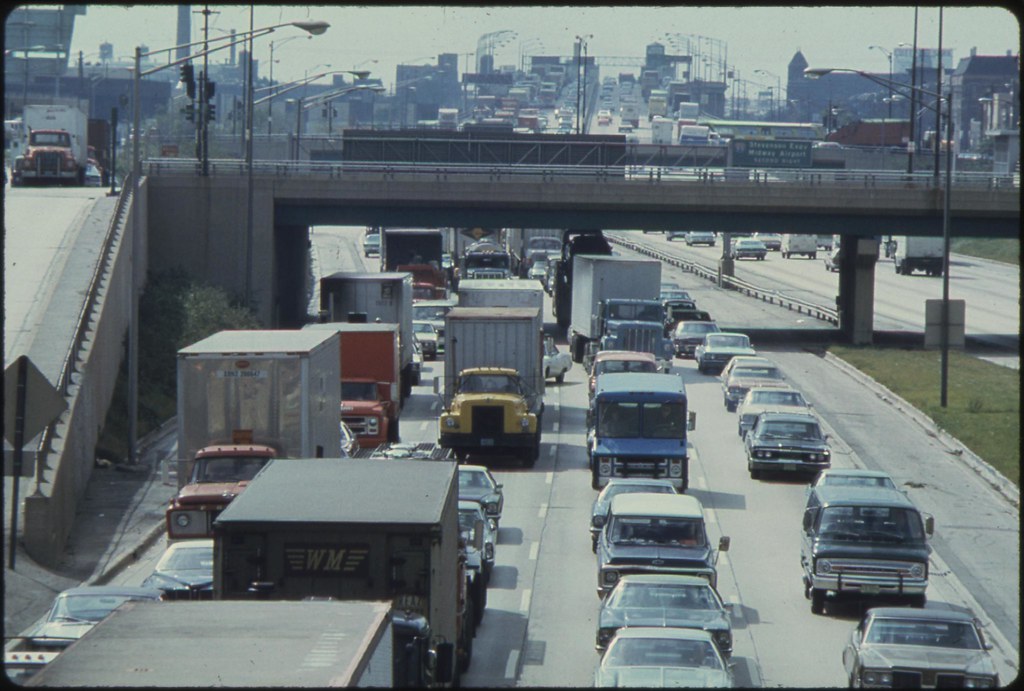
Illinois sits at the crossroads of America, offering unparalleled access to markets and transportation networks. About 75% of the state’s residents live in urban settings. This urban concentration affects economic, social, and infrastructural dynamics. The state’s position gives it access to both the Great Lakes shipping routes and major river systems.
The state’s prime farmland, its proximity to top tier manufacturing, and its expansive river and rail infrastructure creates a vibrant space for financial capacities. Think of Illinois as the Switzerland of America – perfectly positioned to connect different regions and facilitate commerce. Illinois ships 1/3, or approximately 18 million metric tons, of U.S. corn to foreign markets every year. Illinois exported $78.7 billion in international sales.
The Climate Sweet Spot Nobody Talks About
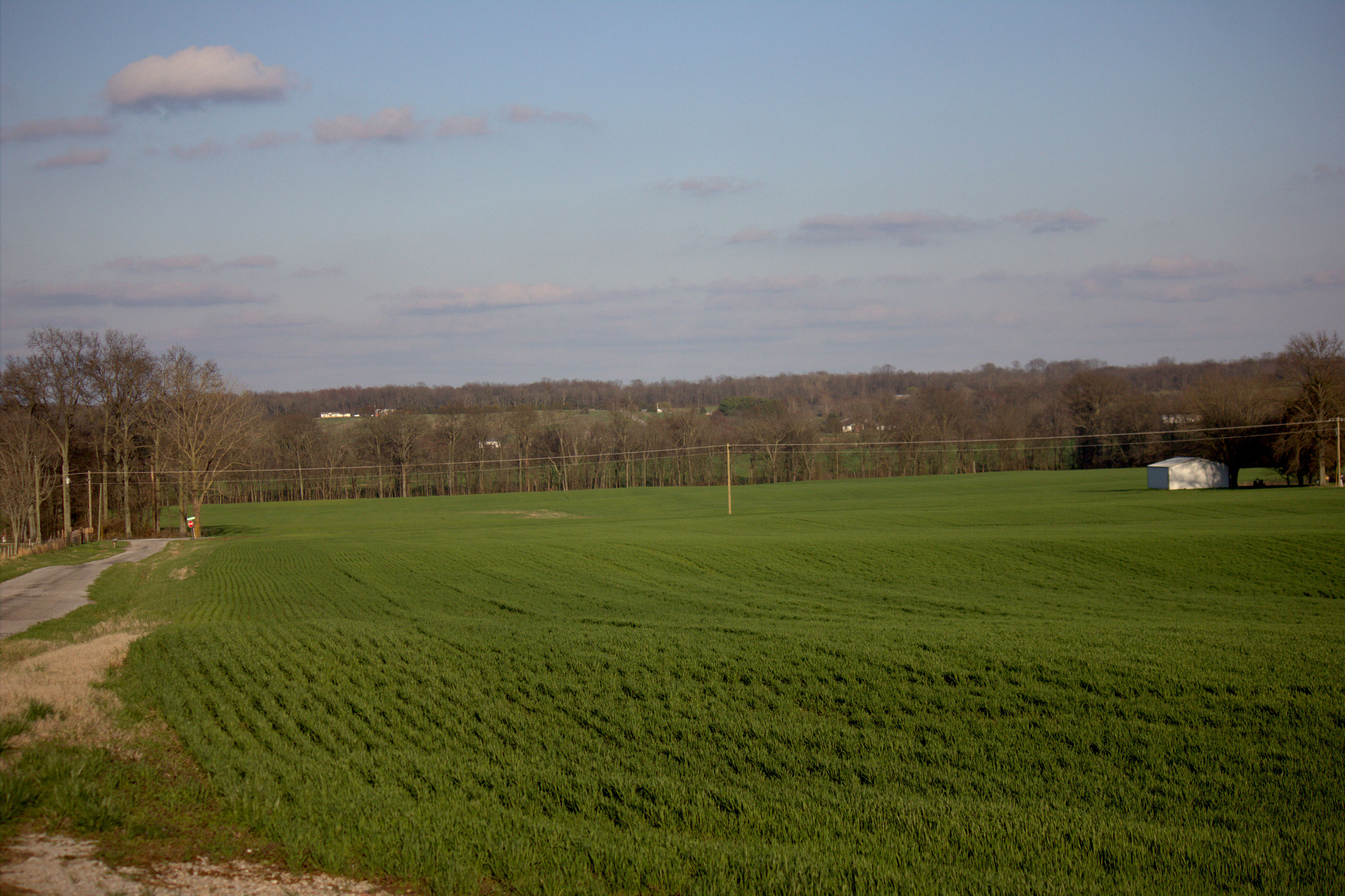
Cold, fairly dry winters and warm, humid summers with ample rainfall allow the land to support many kinds of crops and livestock. Much of Illinois is comprised of fertile flat loess, left behind by glaciers and wind millions of years ago. About 89 percent of the state’s cropland is considered prime farmland, ranking the state third nationally in total prime farmland acreage. This isn’t just good luck – it’s a geological jackpot that creates ideal conditions for agriculture.
The climate diversity within Illinois itself is remarkable. Illinois encompasses over 55,000 square miles, and from Rockford south to Cairo, there are climate differences in various areas of the state year-round. Typical outdoor growing seasons range from 160 days a year in the far north around Rockford, to 190 days in the far southern areas of the state. Southern Illinois’ longer growing season means that crops there can be started two weeks earlier than crops in Central Illinois, and they can typically harvest for two weeks longer. Northern Illinois has a shorter growing season, and crops there are often planted two weeks later than those in Central Illinois.
The Job Creation Machine That Keeps Humming

This boost in revenue has stimulated various sectors of the state’s economy while directly supporting 278,200 jobs in the state’s tourism and hospitality industry, an increase of 7,600 jobs from 2022. But tourism is just one sector. 1.9 M jobs in Illinois are from the agricultural industry, showing the massive employment impact of the state’s farming sector.
The diversity of employment opportunities in Illinois is staggering. From the financial trading floors of Chicago to the family farms in the countryside, the state offers career paths that many other states simply can’t match. Service industries of note are financial trading, higher education, logistics, and medicine. This economic diversity acts like a safety net, protecting the state from the boom-and-bust cycles that plague states dependent on single industries.
The Innovation Hub That’s Flying Under the Radar
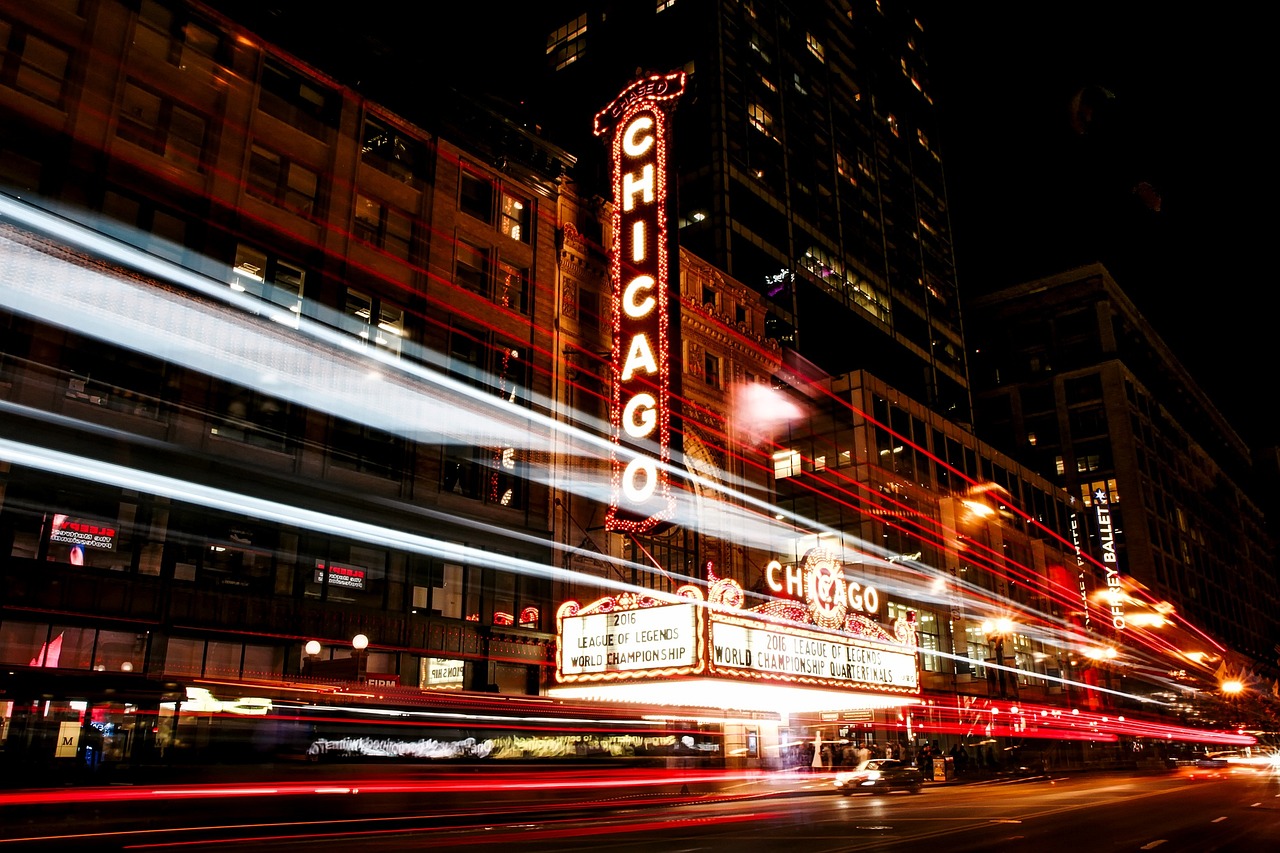
The information industry grew the most, with a 2024 GDP that was 2.0 times the 2014 GDP. This explosive growth in the tech sector shows that Illinois isn’t stuck in the past – it’s actively building the future. The state has become a quiet leader in agricultural technology, combining its farming heritage with cutting-edge innovation.
Chicago alone hosts world-class universities and research institutions that compete with Boston and Silicon Valley, yet somehow remains underrated in national conversations about innovation. The combination of agricultural expertise, manufacturing know-how, and urban sophistication creates a unique environment where practical innovation thrives. It’s like having a Swiss Army knife approach to economic development – multiple tools working together perfectly.
The Cultural Treasure Trove That Surprises Everyone
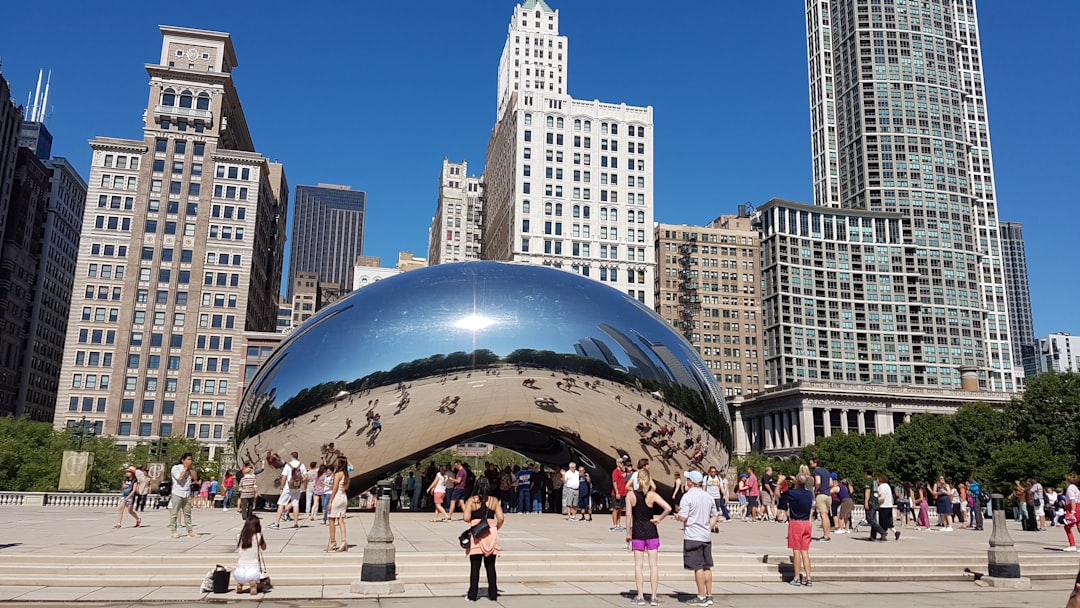
Chicago is celebrating its 8th year as the Best Big City in the U.S.! This isn’t just a feel-good ranking – it reflects the incredible cultural richness that Illinois offers. The Art Institute of Chicago: This renowned museum attracts about 1.5 million visitors each year, known for its extensive collection of impressionist art. Willis Tower Skydeck: The Skydeck at Willis Tower receives around 1.5 million visitors annually, offering breathtaking views of Chicago from its 103rd floor. The Field Museum of Natural History: This historic museum welcomes approximately 1.3 million visitors each year, providing a deep dive into natural history through its extensive exhibits.
Beyond Chicago, Illinois offers Abraham Lincoln’s legacy throughout the state, Route 66 nostalgia, and countless small-town festivals that celebrate everything from pumpkins to prairie heritage. Illinois ranks No. 1 in the nation for pumpkin production, making autumn visits particularly special. The state seamlessly blends world-class urban culture with authentic Americana in ways that feel genuine rather than manufactured.
The Food Scene That’s Reshaping American Cuisine

Illinois doesn’t just grow food – it creates culinary experiences. Tourism expenditure in Chicago set a new record at $20.6 billion in 2024, surpassing the previous high of $19.2 billion in 2023, and much of this spending goes toward the incredible food scene that extends far beyond deep-dish pizza stereotypes.
From farm-to-table restaurants that showcase local ingredients to innovative food manufacturing that feeds the nation, Illinois has become a food lover’s paradise. The state’s agricultural abundance means restaurants have access to incredibly fresh, high-quality ingredients year-round. According to the most recent available cash receipts (the total amount of crops or livestock sold in a calendar year), Illinois’ top agricultural products include corn, soybeans, hogs, cattle and calves, milk and other dairy products, and wheat, to name just a few, providing the foundation for diverse culinary offerings.
The Quality of Life Secret That Locals Keep Quiet About

The 2021 median household income was $72,205, one of the nation’s highest. This high income, combined with relatively affordable living costs outside of Chicago, creates an exceptional quality of life that many coastal states can’t match. You get big-city amenities with Midwest values and pricing.
The state offers something for everyone – whether you prefer urban sophistication or rural tranquility, whether you’re into outdoor adventures or museum hopping. According to the USDA’s most recent Census of Agriculture, there are 71,123 farms in Illinois with a market value of agricultural products sold totaling more than $26.4 billion. This agricultural landscape provides countless opportunities for agritourism, outdoor recreation, and connecting with nature, all within easy reach of major cities.
The Future That’s Already Happening
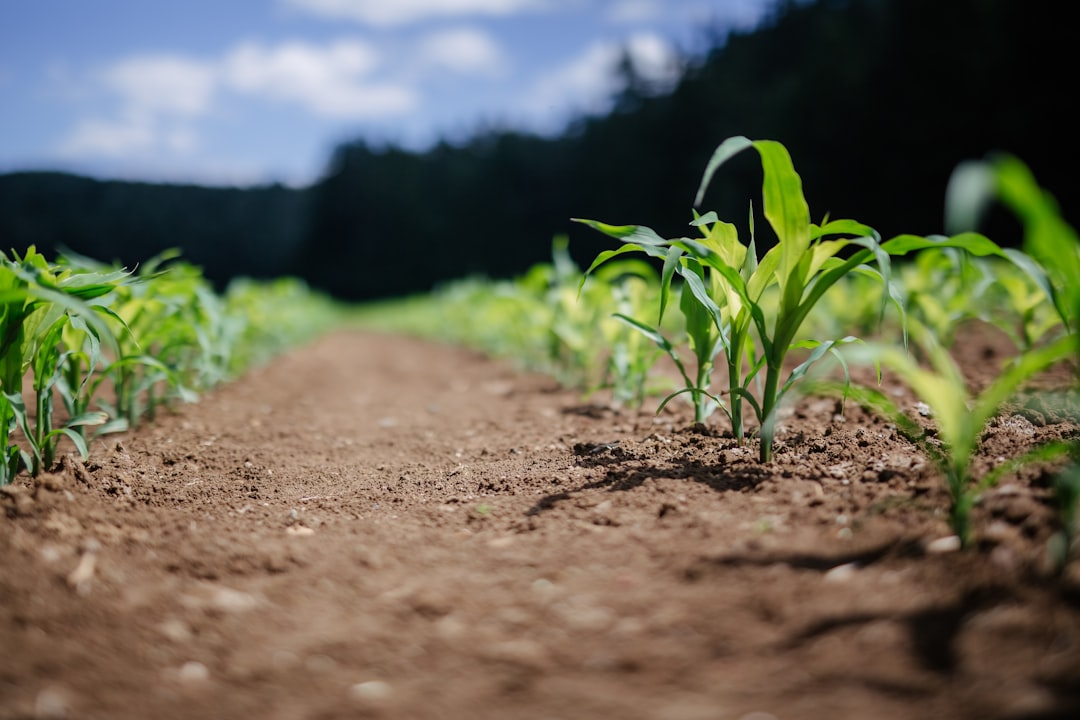
While other states struggle with economic transitions, Illinois is quietly building a sustainable, diversified economy for the future. Illinois has 24,531 colonies of honeybees, up from 15,103 colonies in 2017. There are 385 USDA-certified organic farms in Illinois, up from 272 in 2017, showing a commitment to sustainable agriculture that positions the state well for changing consumer preferences.
Illinois has over 1,200 public electric vehicle charging stations throughout the state which allow you to embark on unforgettable eco-friendly road trips, exploring scenic routes and hidden gems across the state. This infrastructure investment shows forward-thinking planning that many states haven’t matched. The combination of traditional strengths and future-focused investments makes Illinois a state that’s ready for whatever comes next.
The Conclusion: Illinois’ Hidden Excellence
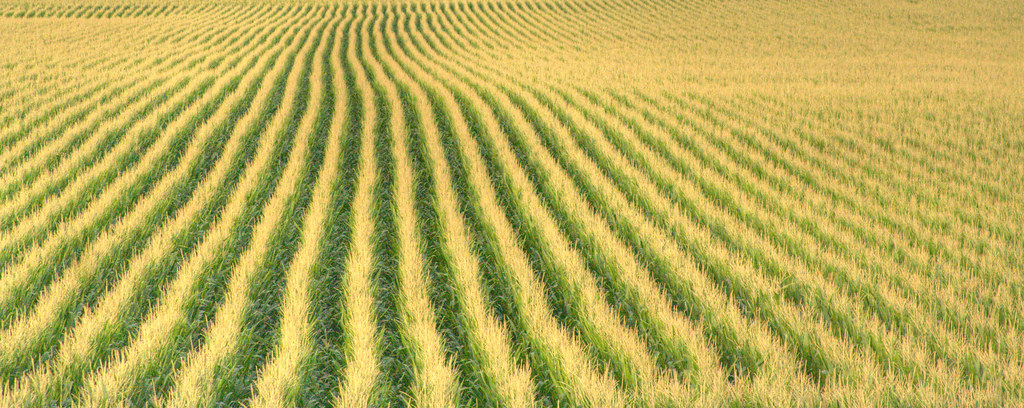
The numbers don’t lie, but they also don’t tell the whole story. 1 out of 10 dollars generated in the state comes from agriculture, yet Illinois offers so much more than farming. It’s a state where world-class cities meet productive farmland, where innovation thrives alongside tradition, and where economic opportunity exists in countless forms.
Perhaps Illinois remains underrated because it doesn’t fit into simple categories. It’s not just an agricultural state, not just an industrial powerhouse, not just a tourist destination – it’s all of these things and more. In a country that loves to put states into neat boxes, Illinois refuses to be confined. Maybe that’s exactly why it deserves more recognition as one of America’s most complete and capable states. What other state can claim to feed the nation, entertain millions of visitors, and drive innovation all at the same time?

